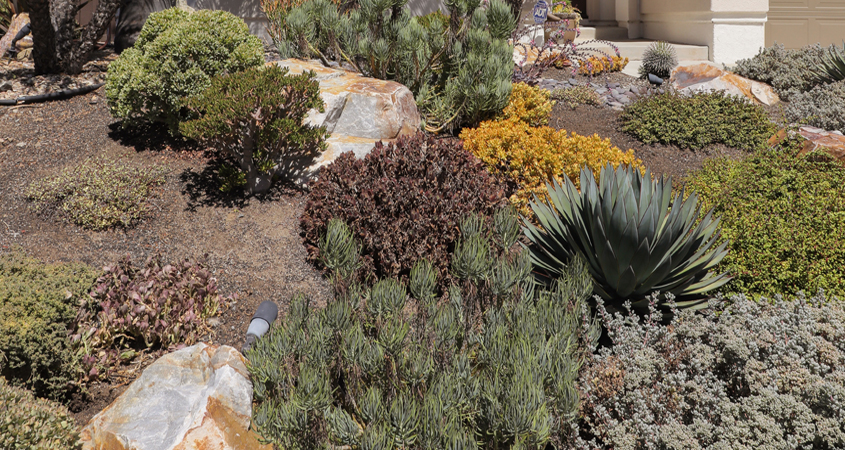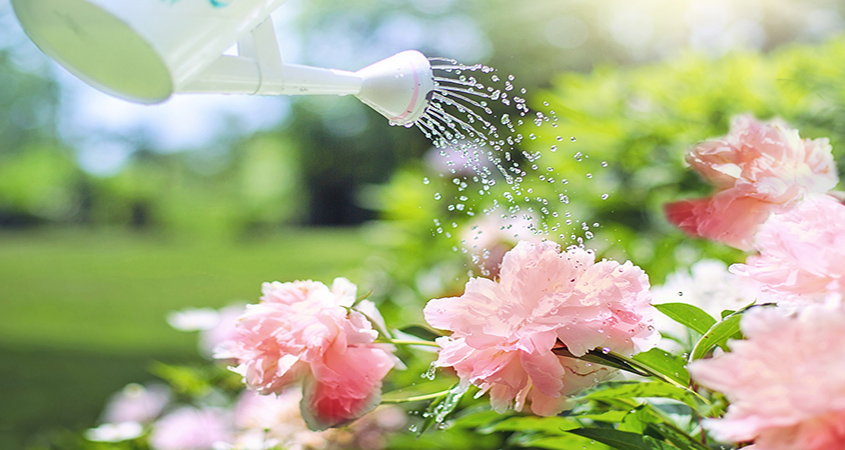 You can't always tell by looking at your plants whether you are overwatering or underwatering. Photo: San Diego County Water Authority
You can't always tell by looking at your plants whether you are overwatering or underwatering. Photo: San Diego County Water AuthorityCheck Before Overwatering Your Landscaping
Do you know if your landscaping really needs water? Even if you have waterwise irrigation on a properly timed schedule for your individual landscaping plan, it’s a good idea to make sure it’s really needed. You could be wasting water assuming it’s necessary. Appearances can be misleading.
Rely on data from an old-school method of measurement. Because soil may appear dry on the surface, stick your finger into the soil and see if the soil is wet beneath the surface. If the soil is moist up to your second knuckle, it doesn’t need any more water. Wait for another 24 to 48 hours, then recheck the soil.
If you don’t want to ruin a manicure, use a soil probe to measure the moisture in the soil to determine whether the soil needs more water.
You can also observe plant health. How vibrant are your plants? This can be tricky because sometimes the signs of overwatering and underwatering will produce similar results in plants.

Watering your plants by hand is a great way to control exactly how much water they receive and observe them closely to be sure they are flourishing in the early stages. Photo: Jill Wellington/Pixabay
Underwatering symptoms include:
- Soil is bone dry
- Older leaves turn yellow or brown and drop off
- Leaves are wilted
- Leaves curl and become brittle
- Stunted plant growth
Overwatering symptoms include:
- Soil is constantly saturated and soggy
- Leaves turn a lighter shade of green, or turn yellow
- Younger plant shoots wilt
- Leaves are green and brittle
- Algae and mushrooms are in the soil
- Growth is excessive
Rely mainly on objective measurements. Symptoms at both irrigation extremes can be similar. Using simple measurement tools can help ensure the correct amount of irrigation takes place without withholding needed moisture, but without overwatering and wasting resources.
This article is part of a year-long series inspired by the 71-page Sustainable Landscapes Program guidebook. The Water Authority and its partners also offer other great resources for landscaping upgrades, including free WaterSmart classes at WaterSmartSD.org.



